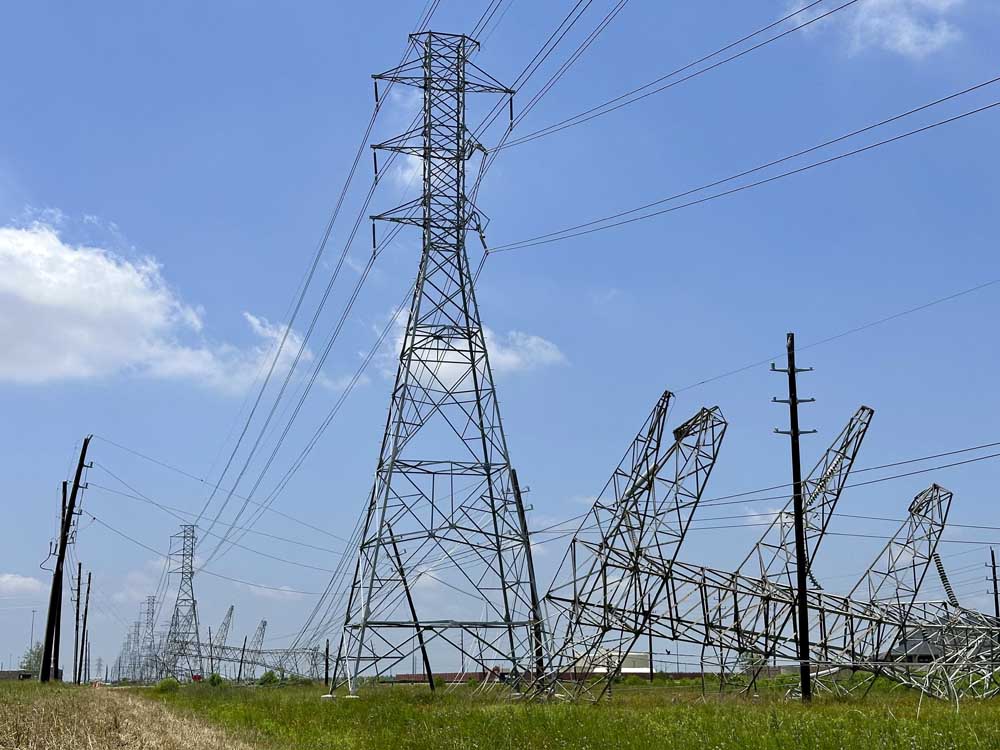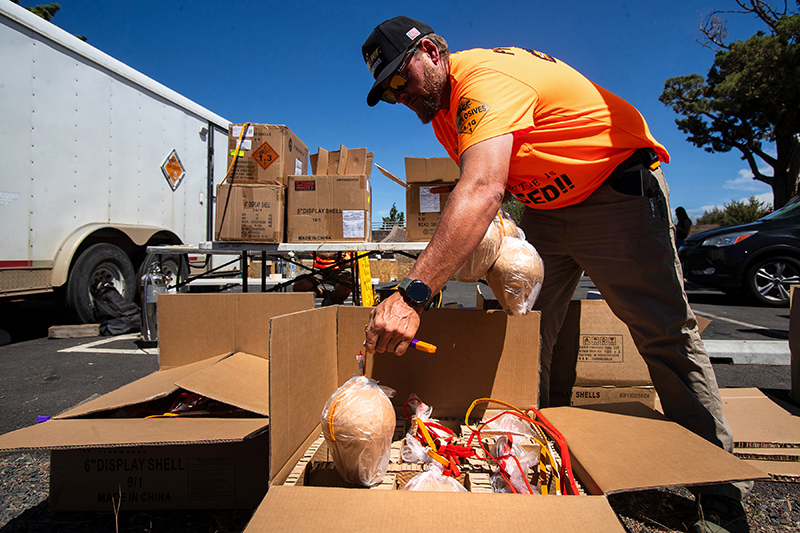Financial damage from thunderstorms rising in the U.S.
Published 8:47 am Thursday, May 23, 2024

- Power transmission lines were twisted and toppled after powerful storms swept through the Houston area on May 18.
It will cost Houston billions of dollars to recover from deadly storms that whipped hurricane-force winds through downtown buildings last week, experts estimate. But it no longer takes such an exceptional storm to destroy so much: The number of billion-dollar thunderstorms in the United States is rising dramatically, data show.
Decades ago, hurricanes, floods and winter storms more frequently landed on an annual National Oceanic and Atmospheric Administration list of billion-dollar weather disasters. But now, thunderstorms — some of them spawning tornadoes — are driving a surge in weather-related property damage and insurance payouts across the United States.
That is in part because the ingredients needed to produce intense, damaging storms — including energy, instability and moisture in the atmosphere — are becoming more abundant as the planet warms, meteorologists said. Such conditions are in place more often as human emissions of greenhouse gases trap heat around the planet like a blanket.
But a more significant influence on the rising storm damage trend has little to do with the weather: Growth and development patterns mean there are many more homes and businesses in the way of tornadoes, hail and damaging winds than there were decades ago.
In the case of the Houston storm, any event sending 100-mph winds through a dense downtown would cause major destruction. But given how quickly the Houston region has grown in recent decades, sprawling into the Texas prairie, the event could still have caused billions of dollars in damage had it not tracked through the city center, said Steve Bowen, chief science officer for reinsurance broker Gallagher Re.
“There’s just that many more structures that potentially are going to be impacted,” Bowen said.
Surge in billion-dollar disasters
NOAA has been tracking billion-dollar weather disasters since the 1980s, with only a handful of such extreme events each year back then. But over the past two decades, the tally and toll of such destructive events have surged, even when accounting for inflation.
Thunderstorm-related events are largely driving the growth.
There were a record-setting 28 billion-dollar disasters last year, causing $94 billion in damage. Thunderstorm events accounted for 19 of those disasters, and more than half of the costs. A decade earlier, seven thunderstorm events topped $1 billion in damage.
There have been at least five billion-dollar thunderstorm events so far this year, through early May, according to NOAA.
Hail damage
Hail is causing more damage across sprawling communities
The trend is a product of growing populations in regions where severe storm impacts are also increasing, said Adam Smith, a NOAA economist and scientist who tracks the events.
Researchers call it the expanding bull’s-eye effect — a larger target for storms and tornadoes makes it easier for them to inflict damage.
For example, in outlying parts of a city like Wichita, a tornado that might have affected 20 homes several decades ago could now damage 2,000 homes in the same footprint, said Walker Ashley, an atmospheric scientist at Northern Illinois University.
While climate change is a factor behind increasingly damaging storms, there are “more of us, and more things, spread across the landscape,” he said. “That is what has been driving the increase in the impacts.”
Trends in hail damage especially demonstrate that vulnerability, Bowen said.
This year is likely to be the ninth in a row with at least $20 billion in insured storm damage losses across the United States, he said. And as those losses have accelerated, hail has accounted for anywhere from half to 80% of annual payouts, he said, citing Gallagher Re data.
Hail damage can be especially costly when it requires new roofs or siding, he said.
“That’s not to say a massive tornado outbreak is not going to have a significant amount of loss,” Bowen said. “Hail is really the primary driver.”








